
While the promise of decentralized social media has captured the imagination of technologists and privacy advocates alike, the practical challenge remains: How do we ensure that onchain social content is not only user-owned but also permanent and uncensorable? The collaboration between Irys and Lens Protocol marks a pivotal advance in solving this dilemma, blending innovative storage solutions with a composable social graph to create a truly resilient Web3 social layer.

Why Permanent, Uncensorable Social Content Matters
Traditional social networks are walled gardens, your posts, connections, and creative output are ultimately at the mercy of centralized platforms. Content can be shadowbanned, deleted, or even lost due to business failures or shifting policies. In contrast, Web3’s vision is to empower users with direct control over their digital identities and contributions. But this requires more than just storing data on any blockchain; it demands a purpose-built approach that balances scalability, cost, and verifiability.
The stakes are high: for creators seeking to prove authorship onchain, for activists fighting censorship worldwide, and for communities building lasting digital legacies. This is where Irys and Lens Protocol step in.
Irys: The Backbone of Decentralized Social Media Storage
Irys isn’t just another blockchain. It’s a programmable datachain engineered specifically for storing, processing, and coordinating data onchain, making it ideally suited to the needs of decentralized social platforms. Unlike generic blockchains where storage is expensive and limited by design, Irys provides permanent, verifiable storage at scale. Every piece of content stored via Irys is cryptographically secured against tampering or deletion.
This permanence is crucial for decentralized social media. When you publish a post or upload media using platforms built with Lens Protocol’s infrastructure, and backed by Irys storage, you’re ensuring that your content remains accessible forever, immune to both technical failures and external censorship attempts.
Top 5 Reasons Permanent Onchain Storage Empowers Creators
-

True Ownership of Content: Permanent onchain storage via Irys and Lens Protocol ensures that creators maintain full ownership and control over their social content, free from platform lock-in or arbitrary removal.
-

Censorship Resistance: By leveraging decentralized infrastructure, creators’ posts and profiles are immune to centralized censorship, guaranteeing that their voices remain accessible regardless of external pressures or changing platform policies.
-

Permanent Accessibility: Onchain storage solutions like Irys make content tamper-proof and permanently accessible, allowing creators and their audiences to retrieve social posts and media at any time, even if the original platform ceases to exist.
-
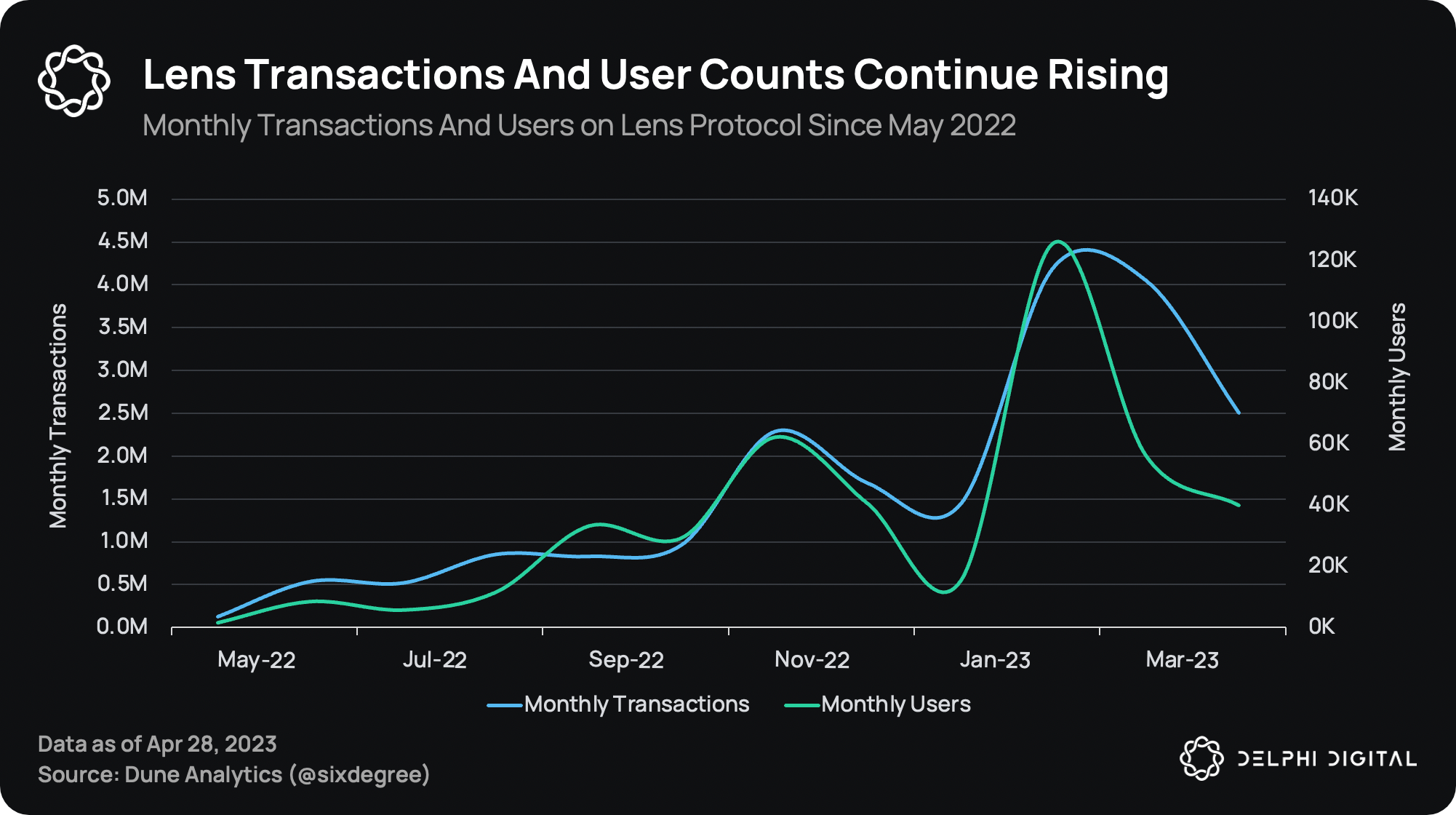
Monetization and Composability: With Lens Protocol’s decentralized social graph, creators can build, monetize, and port their audiences and content across different applications, unlocking new revenue streams and collaborative opportunities.
-
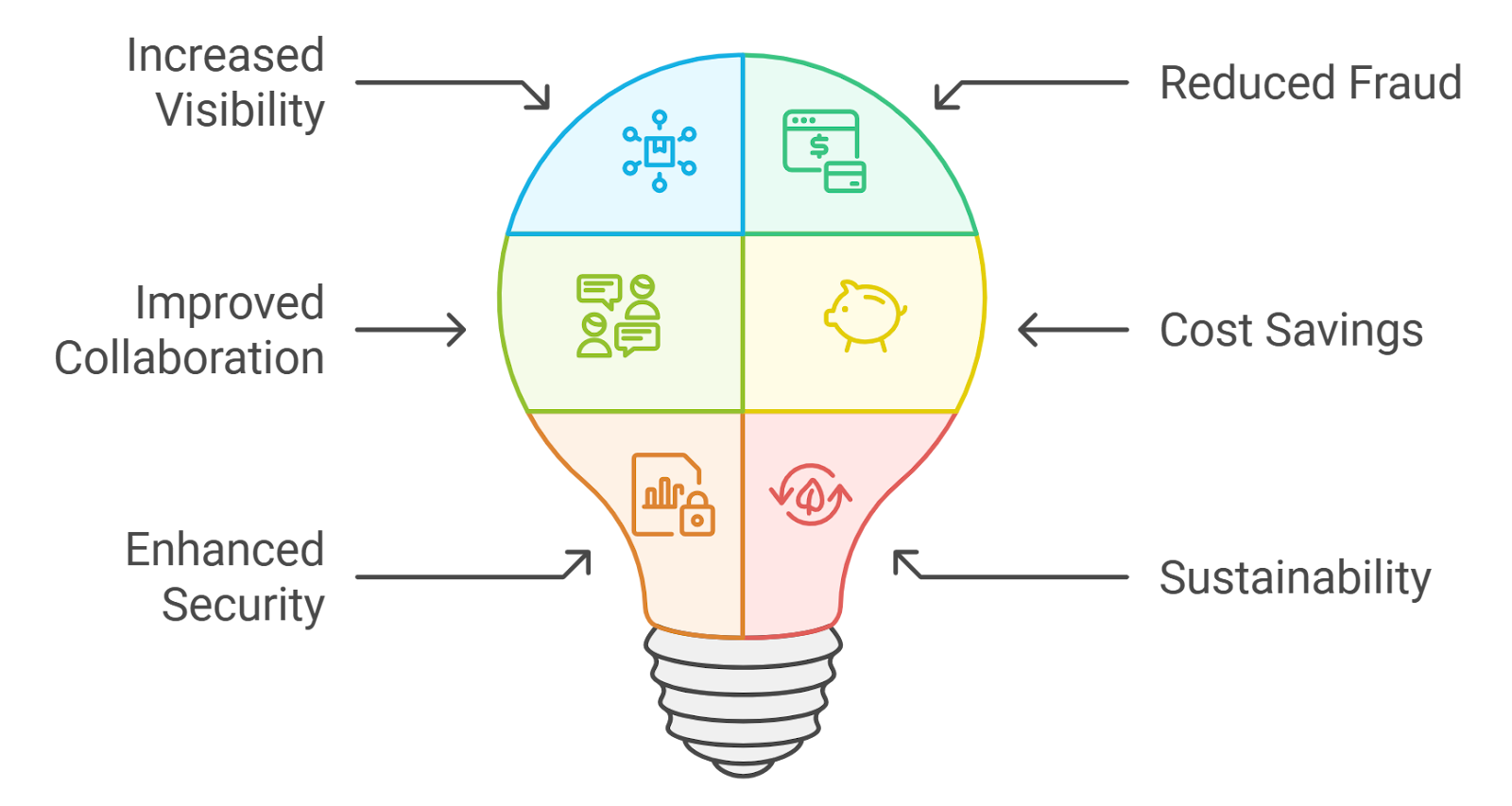
Verifiable Authenticity and Transparency: Storing content onchain provides an immutable record, enabling provable authenticity, transparent provenance, and trust for both creators and their communities.
The Power of Lens Protocol’s Decentralized Social Graph
Lens Protocol, deployed on Polygon, offers more than just user profiles; it provides a modular social graph that developers can tap into to build feature-rich Web3-native applications. This means NFT-powered communities, direct messaging, monetization tools, and most importantly, user-owned identities that persist across apps.
The real breakthrough comes from Lens’ commitment to scalability without sacrificing decentralization. Through its innovative Momoka hybrid scaling solution (which leverages Irys for both storage and ordering), Lens enables high-throughput social interactions while keeping costs stable and predictable, a critical factor as mainstream adoption grows.
This architecture ensures that even as millions of users create content daily, everything remains verifiable onchain without ballooning gas fees or slowdowns.
Irys-Lens Protocol Integration: Unlocking Uncensorable Web3 Social Experiences
The synergy between Irys’ permanent storage layer and Lens’ composable social graph unlocks something unprecedented in digital history: uncensorable Web3 social content at scale. Users can now publish posts or media knowing they will remain available regardless of platform policies or geopolitical pressures.
This integration goes beyond technical novelty, it’s an ideological leap forward in returning control to individuals. As more apps like Codex leverage these primitives for NFT communities and creator monetization (see recent coverage on X), we’re witnessing the formation of a new foundation for digital expression that no single entity can erase or silence.
The next section will explore how this architecture works under the hood, and what it means for privacy-conscious users seeking true ownership over their online presence.
How the Irys-Lens Architecture Works Under the Hood
What makes the Irys Lens Protocol integration so powerful is its seamless blend of decentralized storage and social graph infrastructure. When a user publishes content on a Lens-powered app, that data is routed through Momoka, Lens’ optimistic hybrid scaling solution. Momoka batches, orders, and verifies transactions off-chain while leveraging Irys for permanent storage and cryptographic proof. This means every post, comment, or NFT-based interaction is not only fast and cost-effective but also permanently recorded onchain.
Irys acts as an immutable archive for social media content. By separating storage from consensus, it dramatically lowers costs compared to traditional L1 blockchains while maintaining robust security guarantees. For developers, this modular approach allows them to build privacy-first apps that can scale to millions of users without sacrificing decentralization or user autonomy.
This technical leap is especially relevant for those who care about proving authorship on blockchain. With each piece of content anchored by cryptographic proofs on Irys, creators can irrefutably demonstrate ownership and timestamping, critical for digital artists, journalists, and activists operating in high-risk environments.
User Privacy and Control in the Web3 Social Era
Lens Protocol places privacy and sovereignty at the heart of its design. Unlike legacy platforms where your data is monetized behind closed doors, Lens ensures that users maintain direct control over their profiles, connections, and published works. This is not just a philosophical stance, it’s a practical shift enabled by open standards and decentralized infrastructure.
By leveraging Irys storage for Lens, users’ content becomes resilient to takedown requests or centralized moderation. The result? A new standard for decentralized social media storage: one where users can confidently share ideas without fear of arbitrary removal or loss.
Strategic Implications: Building Future-Proof Social Networks
The implications of this stack extend beyond individual creators or communities, they are reshaping what it means to own your digital presence. As major platforms experiment with decentralized identity and data portability, the proven model of Lens Protocol backed by Irys sets a new bar for transparency and resilience in Web3 social.
This architecture reduces friction for developers seeking to integrate uncensorable features into their apps. It also unlocks new business models based on verifiable provenance, think NFT-gated communities where membership cannot be revoked by any central party.
Key Benefits of Irys + Lens Protocol Integration
-

Permanent, Tamper-Proof Content Storage: Irys provides verifiable, permanent onchain storage, ensuring that social content published via Lens Protocol is immutable and always accessible—no risk of deletion or loss.
-
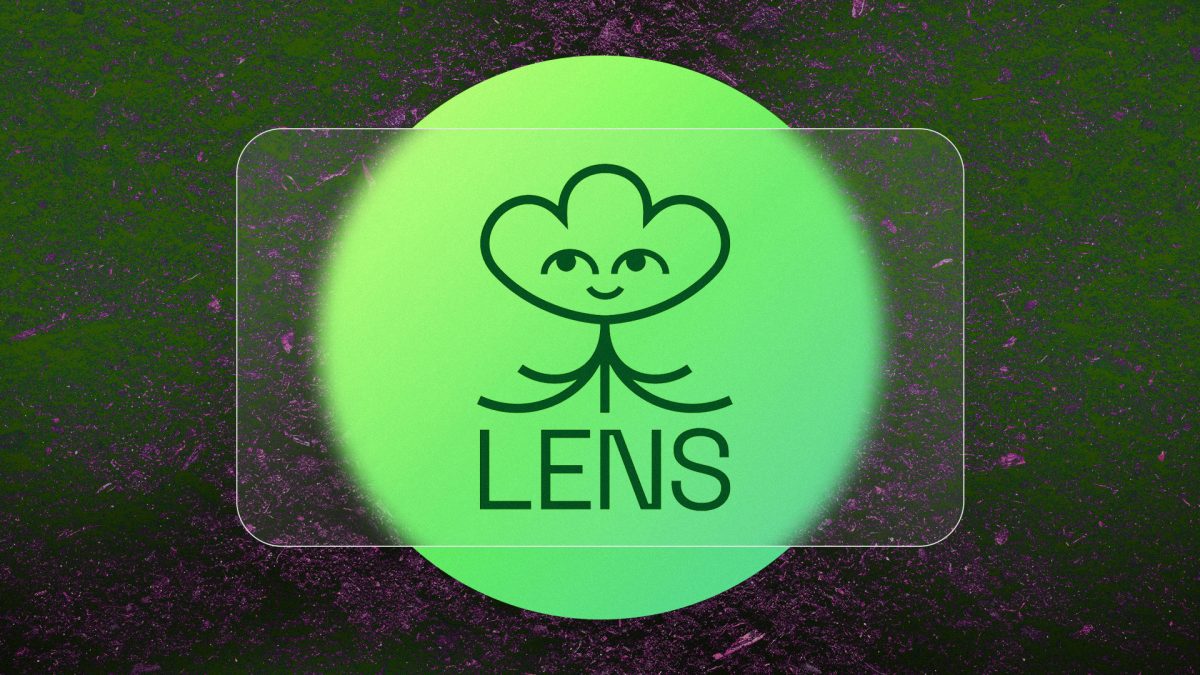
Uncensorable, User-Owned Social Graph: By leveraging Lens Protocol’s decentralized social graph and Irys’s censorship-resistant infrastructure, users retain full control over their profiles and posts, immune to centralized moderation or takedowns.
-
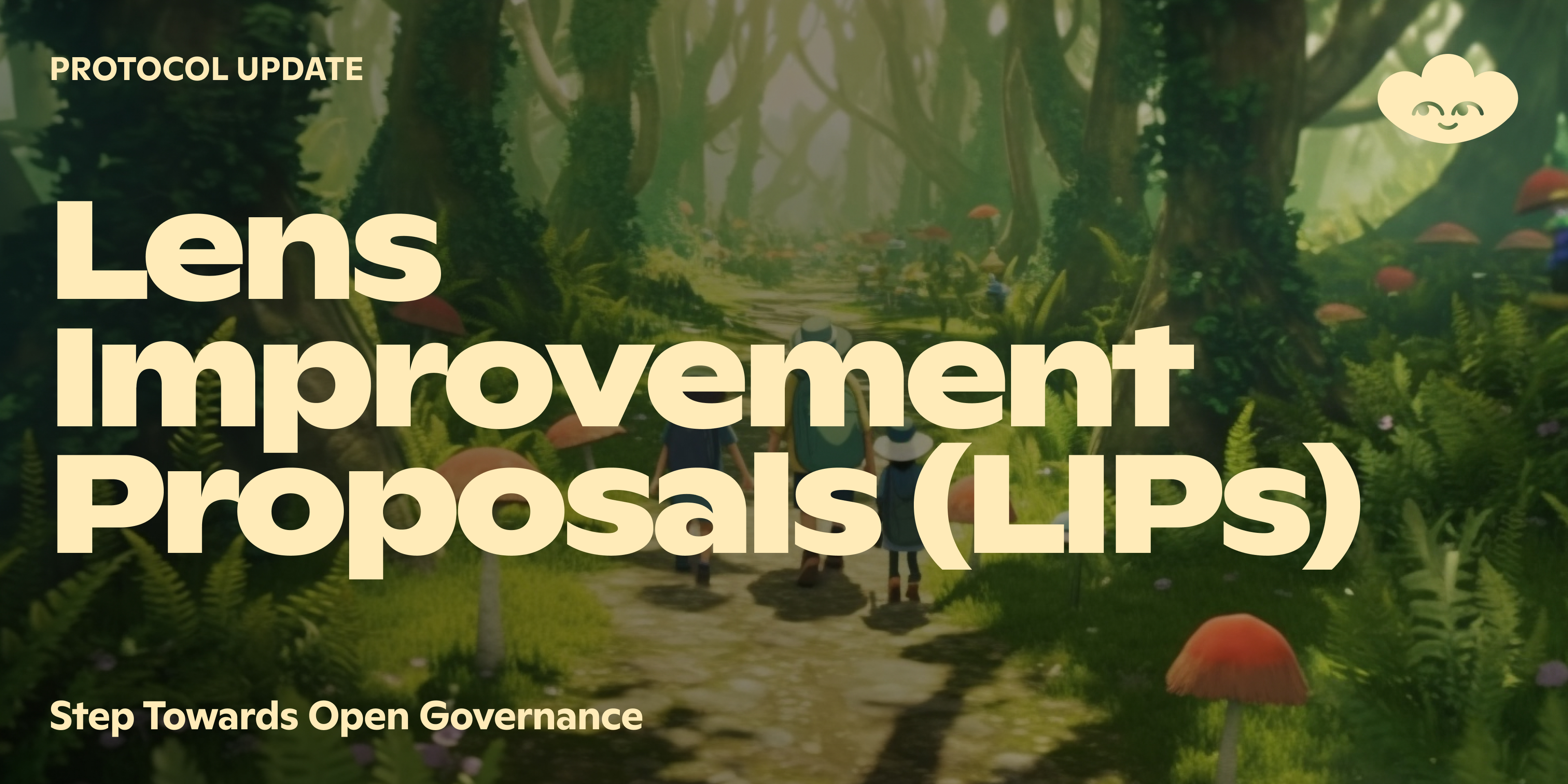
Scalable, Cost-Efficient Data Handling: The integration of Irys with Lens’s Momoka scaling solution enables high throughput and low-cost storage, making it practical for app builders to support large-scale social applications without prohibitive fees.
-
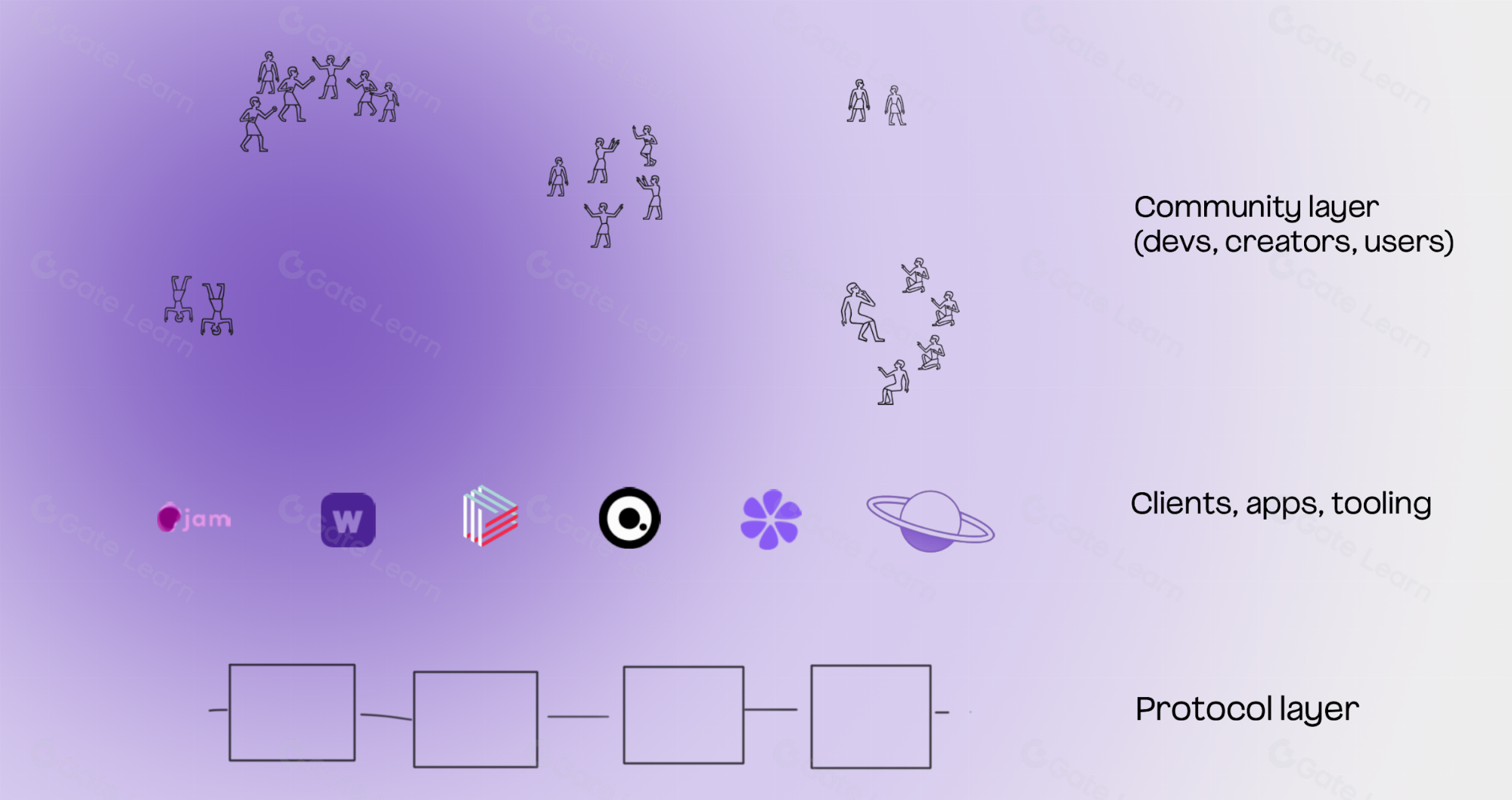
Composable Infrastructure for Innovation: App builders can easily build, extend, and monetize social features using Lens’s open, composable architecture and Irys’s programmable data layer, fostering rapid development of new Web3 social experiences.
-
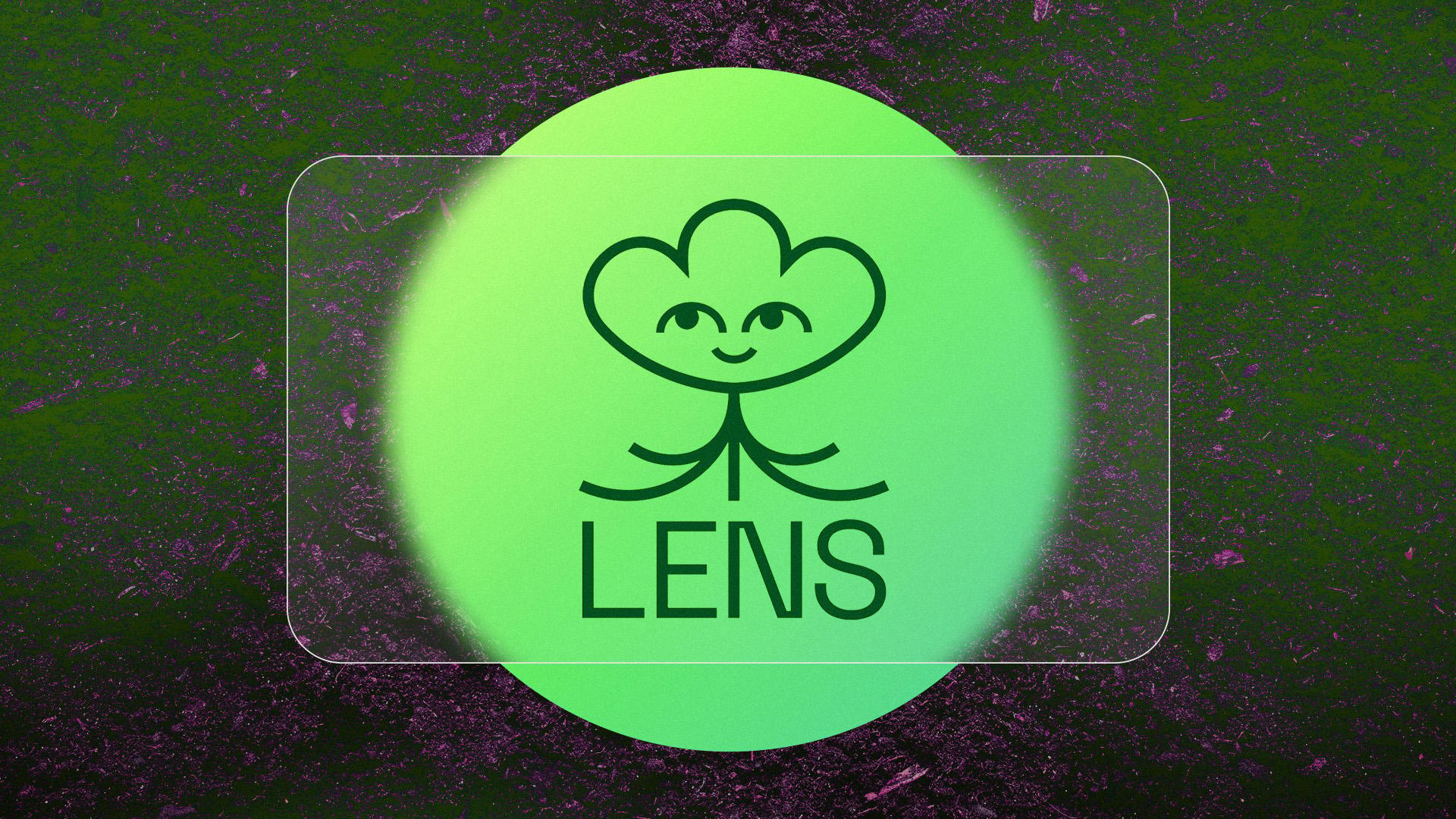
Future-Proof, Interoperable Ecosystem: The combined stack of Irys and Lens Protocol supports cross-platform interoperability and ensures content longevity, aligning with the evolving needs of decentralized social platforms and the broader Web3 ecosystem.
What’s Next for Uncensorable Web3 Social?
The momentum behind uncensorable Web3 social content is only accelerating as more projects embrace open protocols like Lens paired with robust data layers like Irys. We’re already seeing early adopters, such as Codex, demonstrate how NFT-powered communities can thrive when their foundations are truly permissionless.
This shift isn’t just technical, it’s cultural. As mainstream users begin to understand the value of digital permanence and privacy-first design, expect demand for these architectures to grow exponentially.
If you’re building in this space or simply want to future-proof your online presence against censorship and loss, now is the time to explore how Irys-Lens Protocol integration can empower you or your community.









